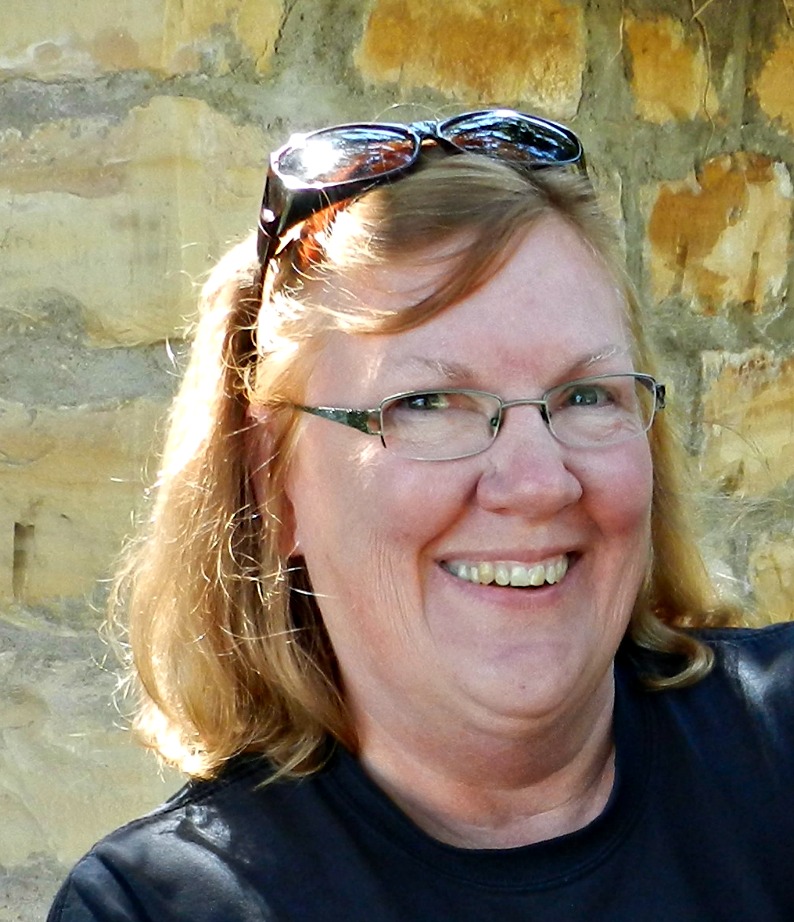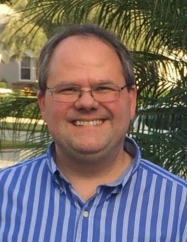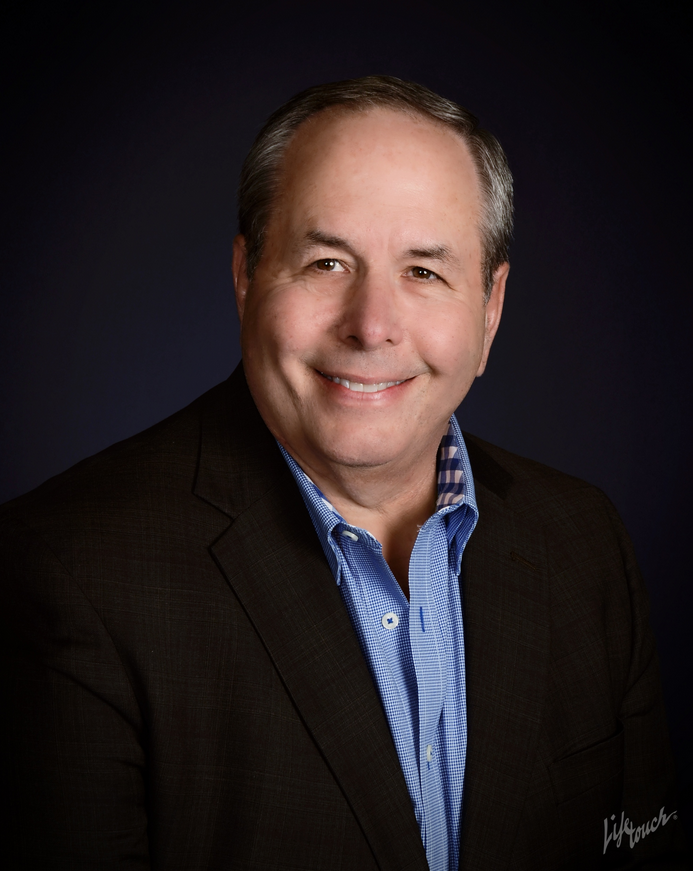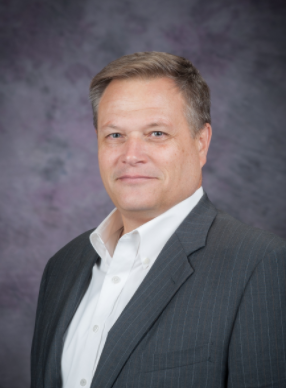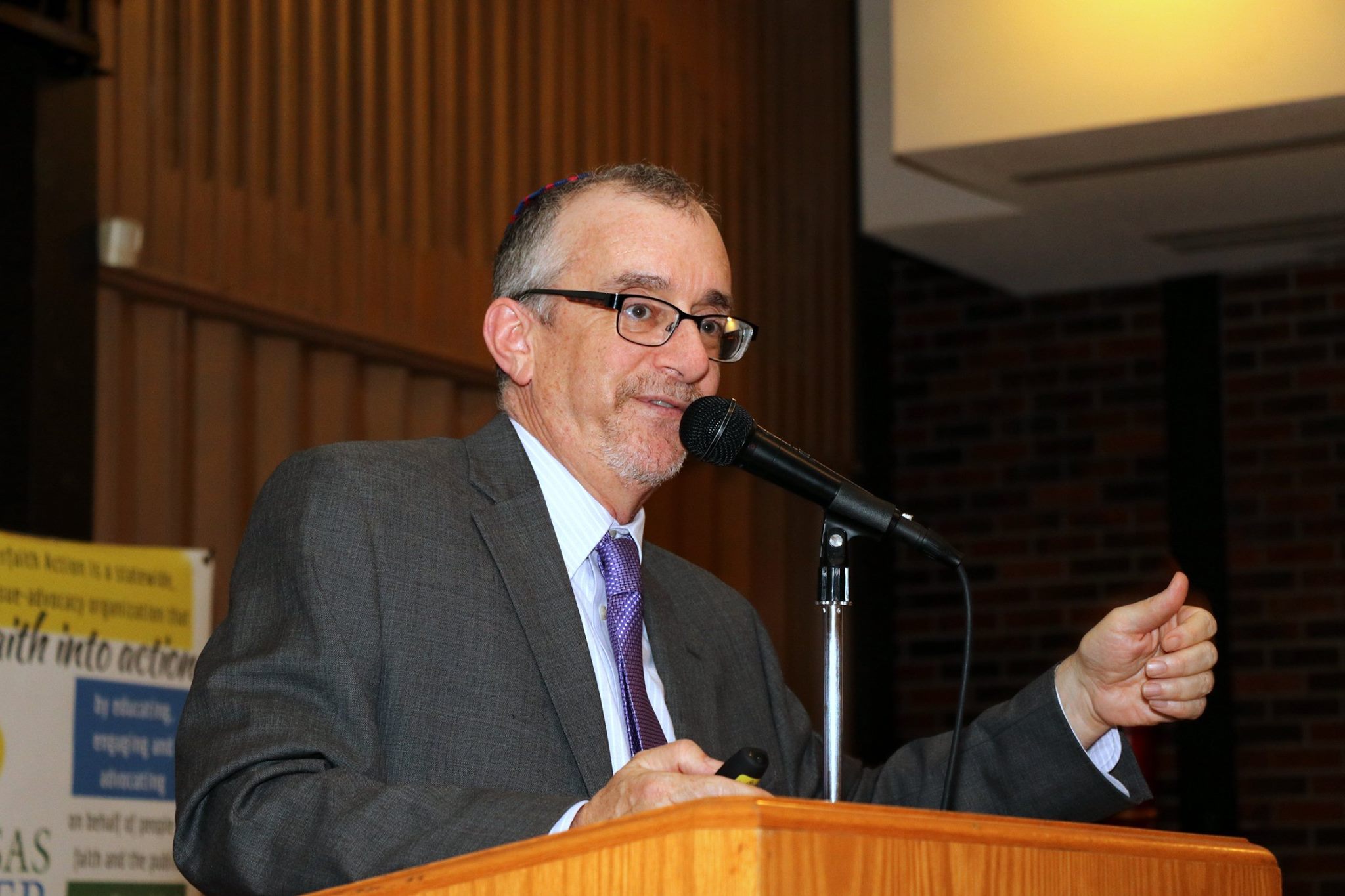By JOHN P. TRETBAR
Harvey and Irma combine to pump up gasoline prices to their highest level in two years. Triple-A says Monday’s national average price for a gallon of regular was $2.668. That’s nearly two cents higher on the day and 31 cents higher than a month ago. The last time prices were this high was in August of 2015. The average in Kansas was up more than three cents Monday to $2.457, which is lower than last week, but still 22 cents higher than a month ago. We spotted $2.41/gallon in Hays and $2.43 in Great Bend.
Baker Hughes reported 944 active drilling rigs across the US last week, down three oil rigs, but up four searching for natural gas. Canada has 202 active rigs, up one from last week. Rig counts across Kansas were up more than 6%. Independent Oil & Gas Service reports 13 active rigs in eastern Kansas, up three, and 22 west of Wichita, down one. Operators are drilling at one lease in Ellis County, and report drilling ahead at two sites in Barton County. They’re moving in completion tools at three sites in Ellis County and two in Stafford County.
There were 17 permits filed across the state last week for drilling at new locations, 967 so far this year. There were nine new permits filed in eastern Kansas and eight west of Wichita.
Independent Oil & Gas Service reports 22 new well completions over the last week, 887 so far this year, including 16 east of Wichita and six in western Kansas.
The Kansas Corporation Commission reported 153 new intent-to-drill notices filed across the state during the month of August. The adjusted total for the year through August was 1,037 intents compared to 1,708 two years ago and 5,061 through August of 2014. There were three new intents filed in Barton County, three in Ellis County, none in Russell County and five in Stafford County.
Nine high ranking officials at Venezuelan state oil company PDVSA were arrested by military intelligence services Monday on multi-million dollar corruption charges. They are accused of illegally granting state contracts without following due bidding processes, diverting crude oil exports, and sabotage of a Russian bank which holds a 40% stake in a joint Venezuela-Russia oil company. The racketeering ring came to light after a top bank official complained last week about irregularities in the purchase of chemicals for processing crude oil. Unofficial reports estimate that hundreds of millions of dollars were lost between 2010 and 2017.
A pilot project in Canada could make transform the way Alberta’s heavy crude is transported. The Web site Oil Price dot com reports the process could make oil by rail and by truck much safer than pipelines. Researchers at the University of Calgary are applying heat and pressure to the raw bitumen pulled from Canadian mines to create what are described as bitumen pellets, which can be transported in coal cars or trucks. The pellets can be reconverted to bitumen or applied as-is for road paving and other uses.
President Vladimir Putin of Russia told his South Korean counterpart that Russia opposes cutting off oil supplies to North Korea as part of new sanctions being considered after the country’s latest nuclear test. Members of the U.N. Security Council are debating a new round of sanctions against North Korea, and the US and its allies were pushing for a global embargo on oil exports to North Korea.
The acquisition of Russia’s Eurasia Drilling by oilfield services giant Schlumberger has been held up by U.S. sanctions on Russia. Reuters reports Houston-based Schlumberger applied for approval to buy the stake in late July in a deal widely seen as testing the state of relations between Russia and the U.S. Since then the United States has introduced additional sanctions against Russia which include restrictions in the energy sector.
The government in China announced work on a timetable to end the production and sale of vehicles that run on gasoline, diesel and other fossil fuels. But the news didn’t have much of an effect on that country’s oil industry. Bloomberg reports shares in China’s biggest oil companies — PetroChina Co., CNOOC Ltd. and China Petroleum & Chemical Corp. — barely budged. Stock prices surges for electric car manufacturers and the companies that supply their components.


